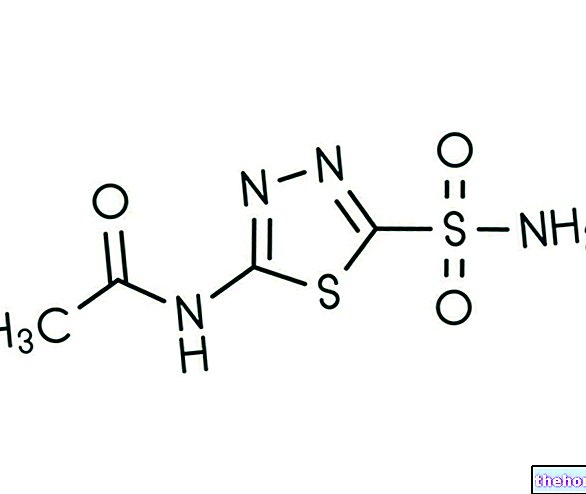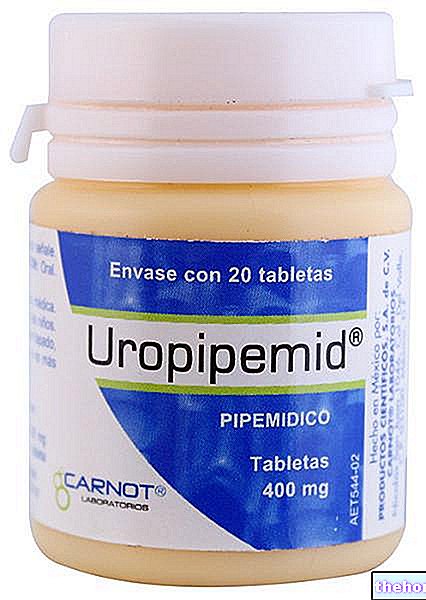PORTEX ® is an Azithromycin-based drug
THERAPEUTIC GROUP: Antibacterials - Antibiotics for systemic use

Indications PORTEX ® Azithromycin
PORTEX ® is used clinically in the treatment of infections of various organs and systems sustained by microorganisms sensitive to therapy with macrolides and in particular with Azithromycin.
Great efficacy has been demonstrated especially in the treatment of upper and lower respiratory tract infections.
Mechanism of action PORTEX ® Azithromycin
PORTEX ® is a drug based on Azithromycin, a semi-synthetic active ingredient derived from Erythromycin and therefore belonging to the family of macrolides with 15 carbon atoms.
Taken orally, Azithromycin is rapidly absorbed in the intestine, thanks also to its greater stability in an acidic environment than its predecessors, reaching a plasma peak in just 2-3 hours.
Largely bound to plasma proteins, it is widely distributed among the various tissues persisting in place from 2 to 4 hours, to be subsequently eliminated mainly by the intestine through the bile.
As a macrolide, its therapeutic action, particularly effective against aerobic Gram-negative microorganisms responsible for infections affecting the respiratory system, is carried out through the inhibition of the 50S ribosomal subunit involved in the interaction with the peptidyltransferase, therefore in the subsequent elongation of the nascent peptide chain.
In some cases, the indiscriminate use of these antibiotics could facilitate the emergence of resistance mechanisms, responsible for the overlap of opportunistic infections such as those sustained by Clostridium difficile.
For this reason it is important that the PORTEX ® therapy is defined and constantly supervised by your doctor.
Studies carried out and clinical efficacy
1. INTERACTION BETWEEN METHADONE AND AZITHROMYCIN
Am J Med Sci. 2012 Oct 25.
Sudden Cardiac Arrest in a Patient on Chronic Methadone After the Addition of Azithromycin.
Winton JC, Twilla JD.
Case report denouncing the onset of a fatal arrhythmia associated with a lengthening of the QT interval due to the simultaneous administration of Azithromycin in a patient on chronic methadone treatment.
2. THE "EFFECTIVENESS OF" AZITHROMYCIN IN IMPROVING THE QUALITY OF LIFE "OF SMALL PATIENTS WITH RESPIRATORY DISORDERS
BMC Pediatr. 2012 Aug 14; 12: 122.
Azithromycin for Indigenous children with bronchiectasis: study protocol for a multi-center randomized controlled trial.
Valery PC, Morris PS, Grimwood K, Torzillo PJ, Byrnes CA, Masters IB, Bauert PA, McCallum GB, Mobberly C, Chang AB.
Extensive clinical trial demonstrating how the use of Azithromycin in small patients with bronchiectasis can significantly reduce respiratory complications, improving both spirometric parameters and quality of life.
3. ALTERNATIVE METHODS OF ADMINISTRATION OF AZITHROMYCIN
J Cardiovasc Dis Res. 2012 Oct; 3: 319-22. doi: 10.4103 / 0975-3583.102720.
Rhabdomyolysis caused by an unusual interaction between azithromycin and simvastatin.
Alreja G, Inayatullah S, Goel S, Braden G.
Interesting study that demonstrates how oral administration of Azithromycin could be replaced by rectal, especially in pediatric patients, ensuring the same therapeutic efficacy thanks to the maintenance of excellent pharmacokinetic profiles.
Method of use and dosage
PORTEX ®
500 mg film-coated tablets of Azithromycin;
The dosage regimen generally provides for the daily use of 500 mg of Azithromycin in a single administration.
PORTEX ® Azithromycin warnings
In order for the therapy with PORTEX ® to guarantee maximum therapeutic efficacy and minimize possible side effects, it is necessary that this is anticipated by a careful medical examination useful to evaluate the prescribing appropriateness and the possible presence of conditions incompatible with the intake. of Azithromycin.
Particular caution should be reserved especially for patients suffering from hepatic or cardiac pathologies, for which often the intake of this drug could lead to an exacerbation of the symptoms with lengthening of the QT interval, arrhythmias, increase in hepatic transaminases and medium-severe liver diseases. .
For the same reason it would be advisable to limit the intake times to those recommended by the doctor, since the abuse of this antibiotic, profoundly altering the intestinal microflora, could lead to the appearance of serious intestinal infections such as pseudo-membranous colitis sustained by Clostridium difficile. .
PORTEX ® contains lactose and glucose; it is therefore contraindicated in patients with lactase enzyme deficiency, lactose intolerance and glucose-galactose malabsorption syndrome.
PREGNANCY AND BREASTFEEDING
Given the absence of clinical trials capable of fully characterizing the safety profile of Azithromycin on the unborn child and on the infant, it would be advisable to limit the use of this antibiotic exclusively to cases of unavoidable necessity.
Interactions
Treatment with PORTEX ® could cause an alteration in the safety profile and clinical efficacy of therapies based on oral anticoagulants, cyclosporins, digoxin and cardioactive active ingredients.
Therefore it is recommended that you always consult your doctor before taking this drug.
Contraindications PORTEX ® Azithromycin
PORTEX ® is contraindicated in patients suffering from inadequately controlled hepatic and cardiac pathologies and in subjects hypersensitive to the active substance or to one of its excipients.
Undesirable Effects - Side Effects
Although the use of Azithromycin is safe and well tolerated, it should be remembered that the use, especially prolonged, of this antibiotic can cause nausea, diarrhea, crampy abdominal pain, headache, irritability, sensory alterations, hypotension, alterations of the liver function and osteo-articular pains.
Note
PORTEX ® is a prescription drug.
The information on PORTEX ® Azithromycin published on this page may be out of date or incomplete. For a correct use of this information, see the Disclaimer and useful information page.




























